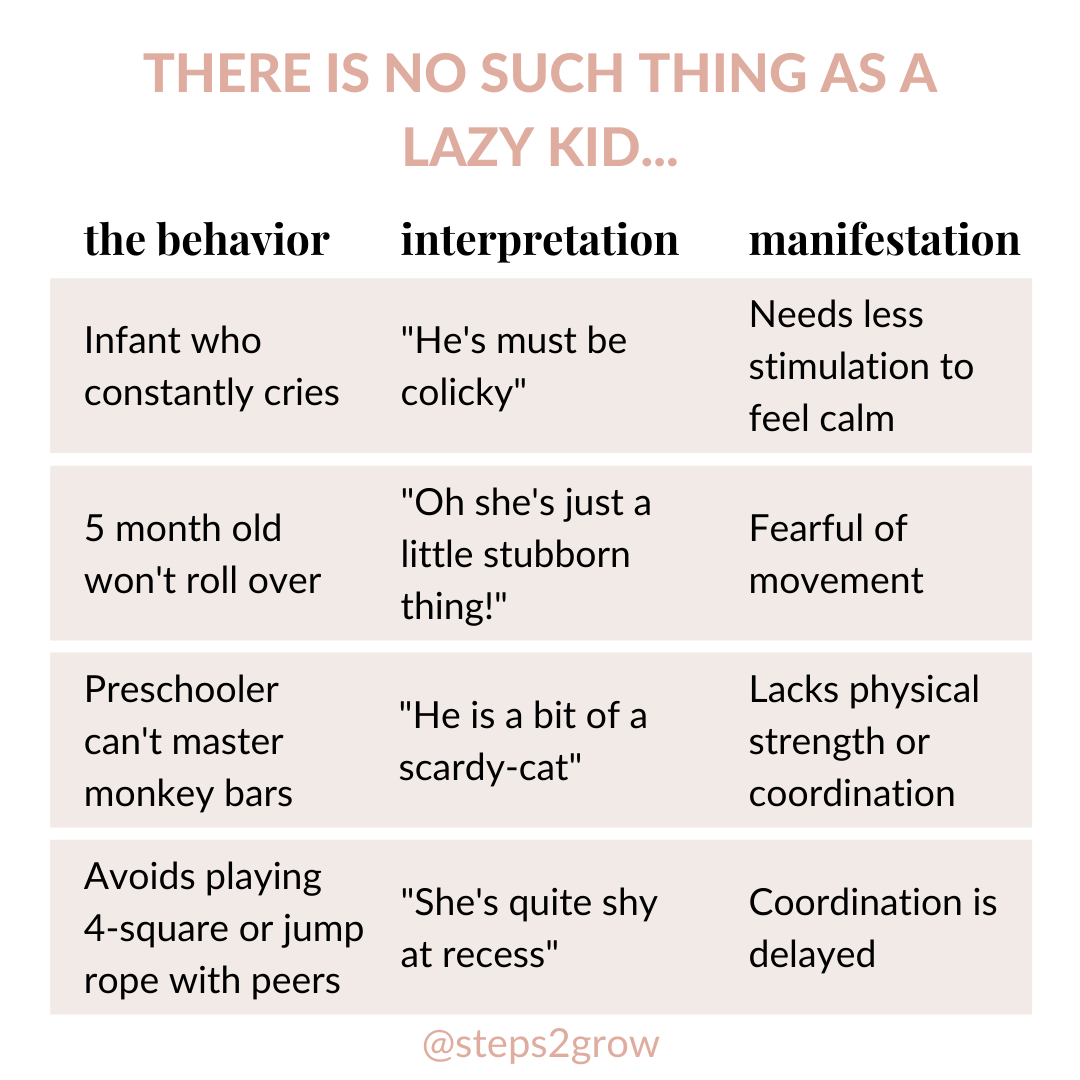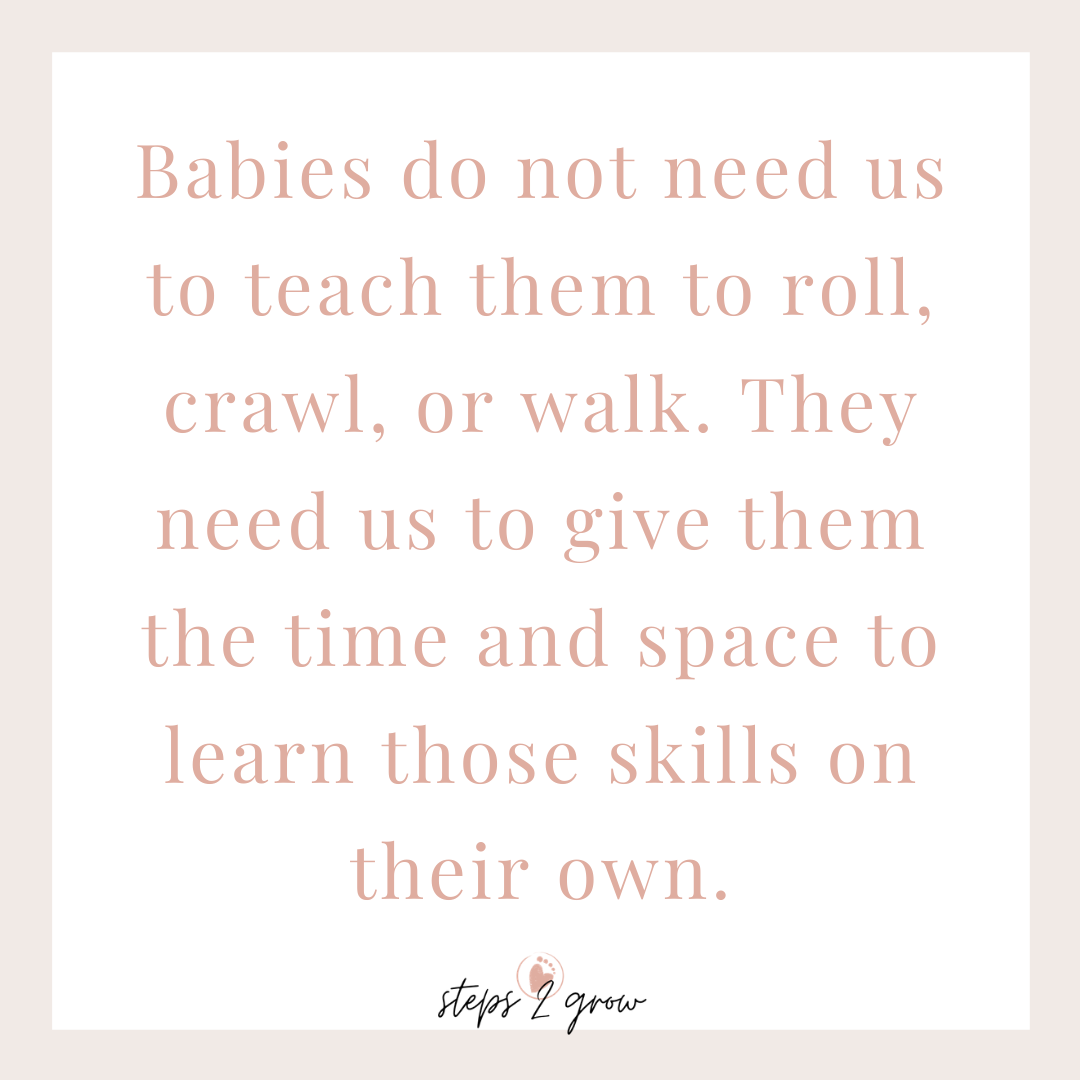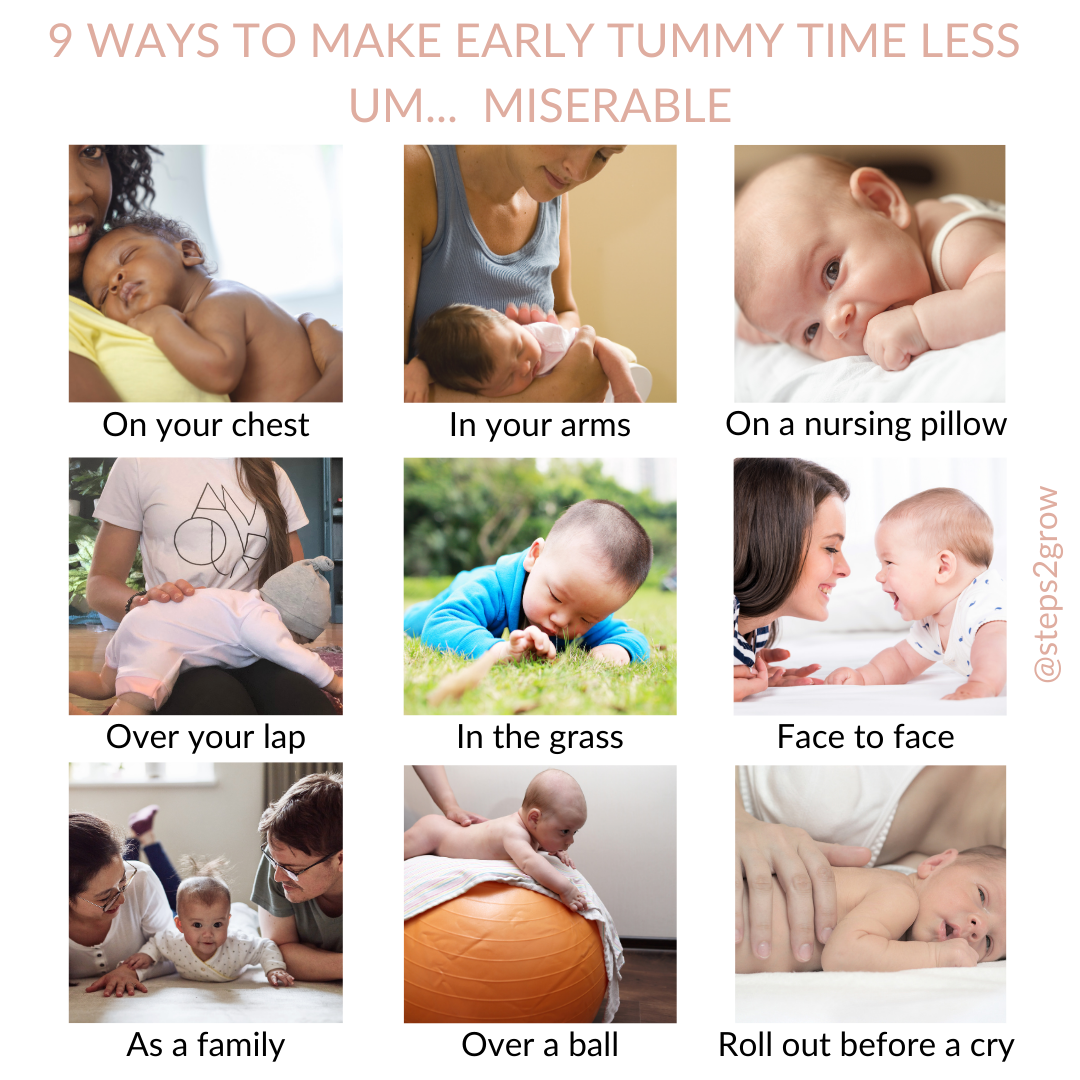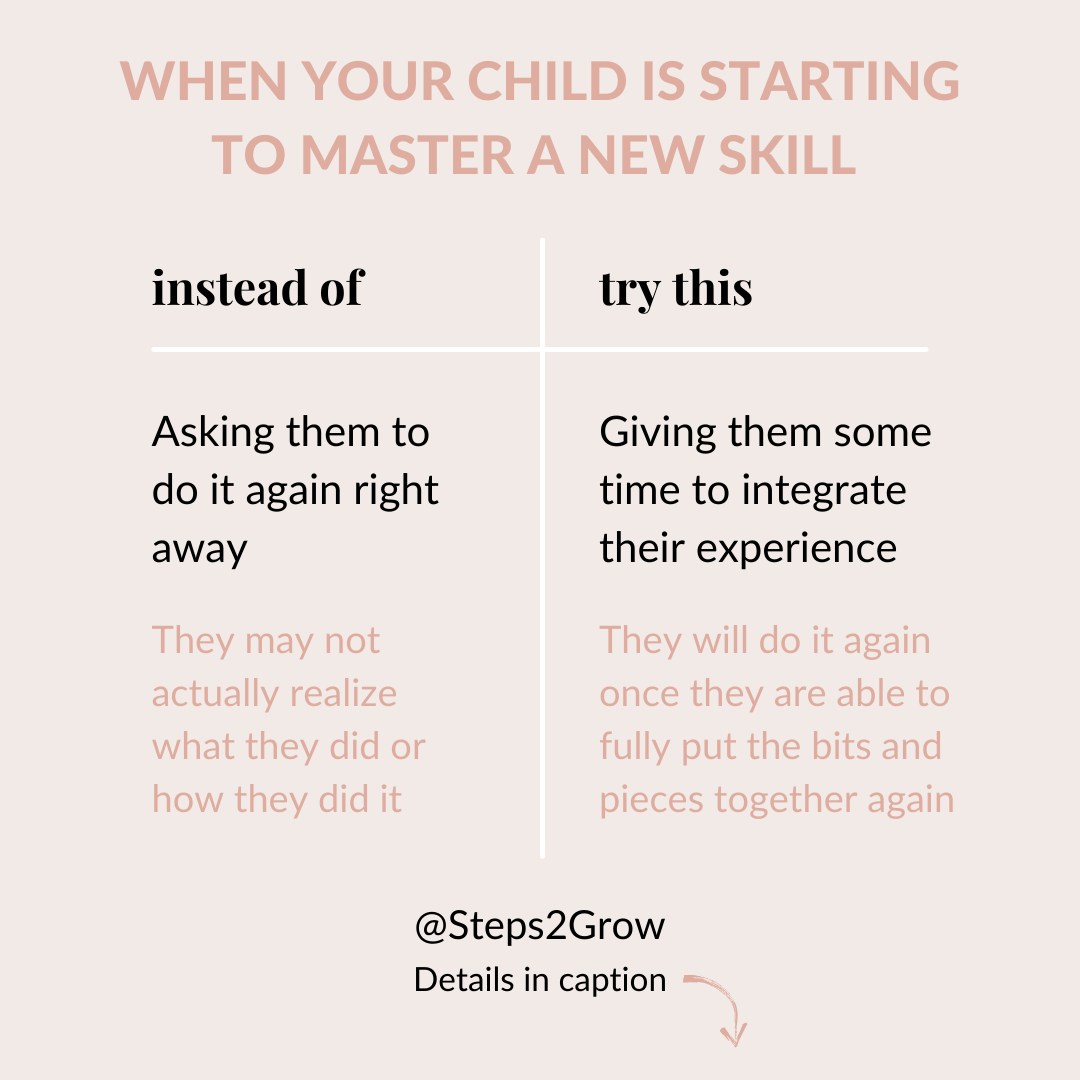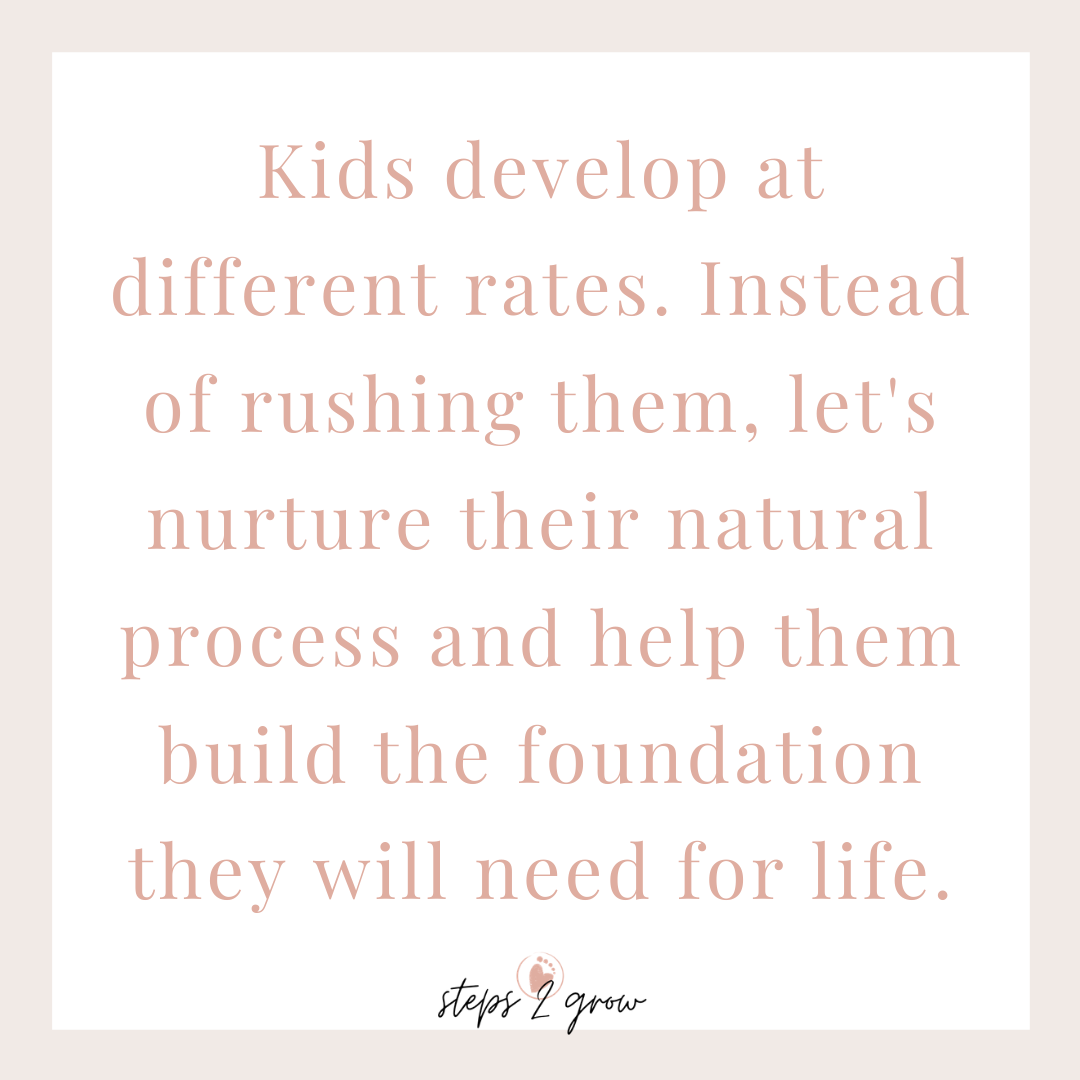Reflexes are stereotyped, or automatic, responses to sensory stimuli, like a touch to the palm or turning of the head. They appear in infancy, and most of them integrate by age 1. Some of the main primitive reflexes include:
Reflexes are thought to help a baby learn and refine motor behavior.As a baby matures, the higher centers of neurological control take over and the brain replaces these involuntary movements with voluntary ones. The reflexes fade away, or "integrate" as us child development nerds call it. But they don't always integrate optimally. They may be partially or fully retained, or re-emerge at some point in life.If that is the case, it can impact a child's performance in a variety of areas. Symptoms of retained reflexes include, but are not limited to:
Some factors that can contribute to retained reflexes include:
If your child experiences developmental delays, it might be worth considering the possibility of retained primitive reflexes. They are simple to test for, and there are exercises that may help. Bring it up with your pediatrician, or OT/PT/ST if your child receives any specialist services.
0 Comments
Your comment will be posted after it is approved.
Leave a Reply. |
AuthorHi! Austen here. Pediatric OT obsessed with leggings and all things child development. Welcome to my journal! I hope to educate and empower parents and caregivers with science inspired insights, effective strategies, and confidence. Categories
All
|


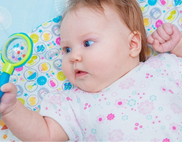
 RSS Feed
RSS Feed


